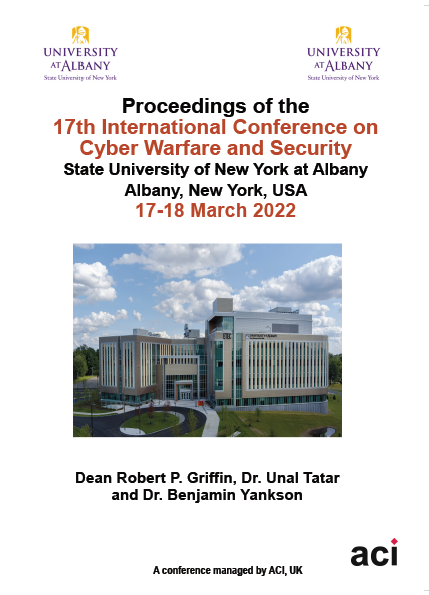Bureau of Justice Assistance Student Computer and Digital Forensics Educational Opportunities Program
The Assessment of Online Graduate Students
DOI:
https://doi.org/10.34190/iccws.17.1.30Keywords:
computer forensics, training, law enforcement, cybercrime investigationAbstract
The current capabilities of many law enforcement agencies are tightly constrained despite the heightened level of awareness and concern for the role recent technology has in facilitating cybercrime and instances of online victimization. More specialized computer forensics and digital evidence training programs are necessary to meet the needs of local and state law enforcement agencies. Based on the context, this paper discusses an interdisciplinary approach to addressing this dilemma while providing in-depth computer forensics and cybercrime investigation training that is both informative and
pragmatic to future law enforcement officers. Using pre- and post-test results, this study assesses students’ technical background levels, reflecting comprehensive course learning objectives and pre-training levels of applied digital forensic investigation knowledge. Results suggest that students’ technical abilities and knowledge of different investigative tools significantly improved after the program. In particular, the program not only strengthened students’ knowledge of digital forensic investigation, but also helped students achieve higher t-test scores. We expect our study results to provide recommendations for cyber programs in other higher education institutions. The findings will serve as a guide for enhancing the current capacities of other higher education institutions to better serve their students in areas of computer forensics and digital evidence. In the long term, these efforts will lead to more effective cybercrime investigation and successful prosecutions, ultimately reducing cybercrime victimization.
Downloads
Published
Issue
Section
License
Copyright (c) 2022 International Conference on Cyber Warfare and Security

This work is licensed under a Creative Commons Attribution-NonCommercial-NoDerivatives 4.0 International License.





